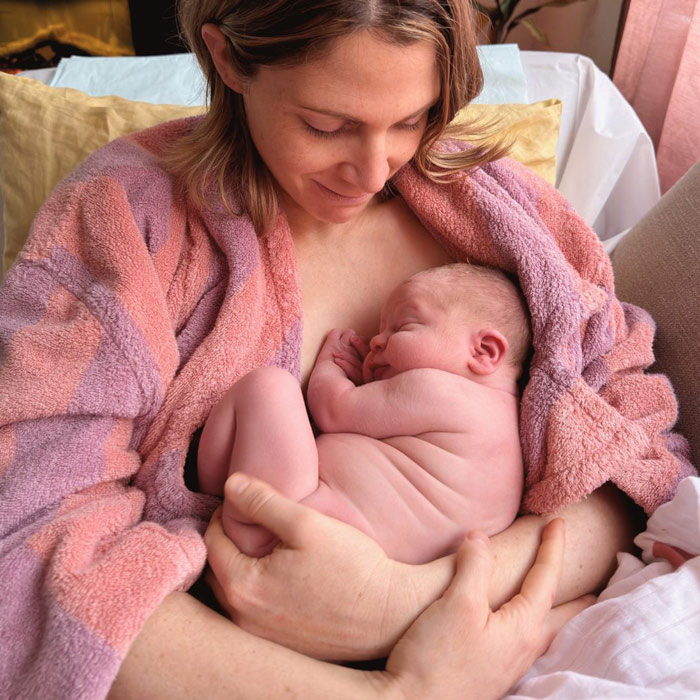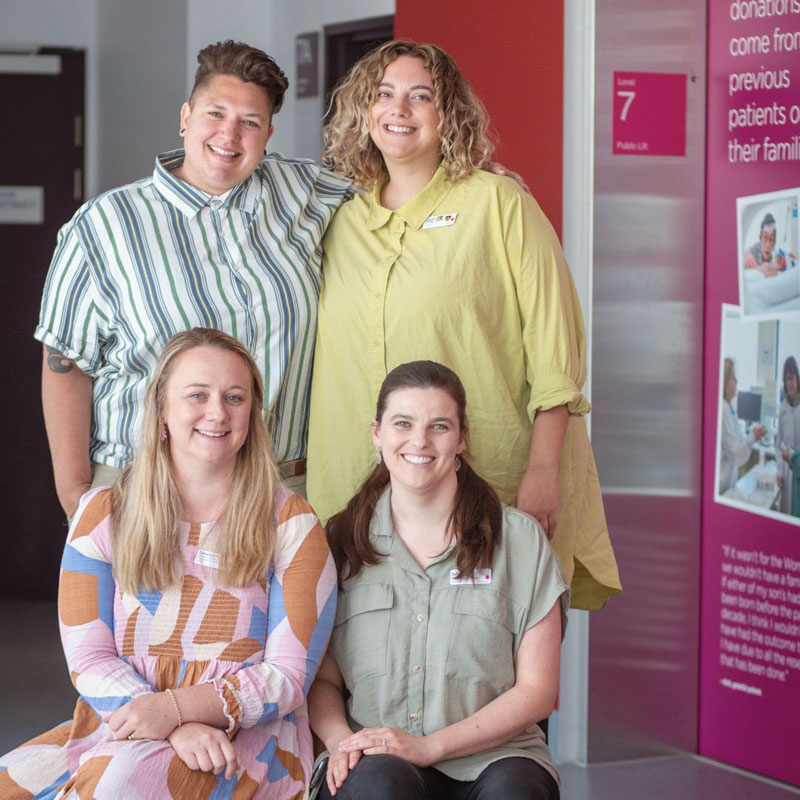
The Women’s homebirth program has marked its first year, successfully welcoming 22 babies into the world.
For Hana, a first-time mother, the opportunity to birth her baby at home was a dream come true.
“I always knew I wanted a homebirth,” Hana said. “When my midwife casually mentioned the program, I was instantly excited. I knew in my heart that this was what I wanted.”
The Women’s homebirth program kicked off in December 2023. It is publicly funded through the Caseload Model of Care for women with low-risk pregnancies that meet the eligibility criteria.
The Women’s model is based on the safe and effective homebirth model developed at Western Health and offers a limited number of homebirth opportunities each month.
Hana met the criteria for the homebirth program. “I knew there was no guarantee that it would definitely happen, as pregnancies and labour can be unpredictable,” Hana said.
“So, I had to make peace with both scenarios – giving birth at home or in the hospital. And I felt comfortable with both options because I had the support of this incredible team of midwives.”
The final approval for a homebirth came towards the end of Hana’s pregnancy after the medical clearance by an obstetrician and a home visit by Hana’s caseload midwife, Jessica Wain.
“It felt like having morning tea with a friend,” Hana recalled about the home assessment. Once everything was set, Hana was ready to welcome her baby in the comfort of her own home.
Welcoming baby Otis
Labor began at 38 weeks and 4 days, starting with mild contractions that intensified over the next two days. “I was determined to stay calm,” she said. Hana leaned on yoga breathing, hypnobirthing techniques, and the support of her partner.
By the early hours of Sunday morning, Hana’s labour reached its peak and her midwife Jessica arrived, shortly followed by her colleague Natalie Jeantou.
Hana’s instincts guided her. “I ended up on my hands and knees over the couch, and my body just knew what to do.”
At 9.20am, her baby boy, Otis, was born.

“It happened so quickly; I was in complete shock,” Hana said. “One moment I thought I had hours to go, and the next, he was here.
While the birth itself was smooth, there were a few bumps along the way.
Hana experienced postpartum bleeding, but her care team acted swiftly to address this. Later, Otis developed mild breathing difficulties, prompting a hospital stay for observation.
“Even though it wasn’t part of the plan, we always felt safe and supported,” Hana said.
Reflecting on her experience, Hana said: “It was the best day of my life. I’m so grateful for the care I received and for being part of this incredible program.”
The homebirth team
The Women’s caseload midwives are equally excited about the program.
Jessica Wain was Hana’s midwife and said: “As rewarding as it is for the women accessing our care, it is just as rewarding to work in it.”
“Getting to know the families from midway through their pregnancy, seeing them through labour and birth, and then visiting them in their home for follow-up checks is so rewarding. It really makes it worth waking up at 2am for a labour.”

Jessica has been part of the Women’s homebirth program from its inception, along with her colleagues Natalie Jeantou and Sophie Underwood.
With 11 midwives now accredited and another 4 in the process of being credentialled, the program is poised to expand. Tamara Perry, the Women’s Manager of Caseload Midwifery, is proud of the program’s first year.
“Seeing the joy of the first home birth and the teamwork among the midwives has been incredible,” Tamara said. “The feedback from women has been overwhelmingly positive, and providing this option has been a long-awaited dream.”
For more information about the different models of maternity care at the Women’s, including homebirth, see: Pregnancy care options.